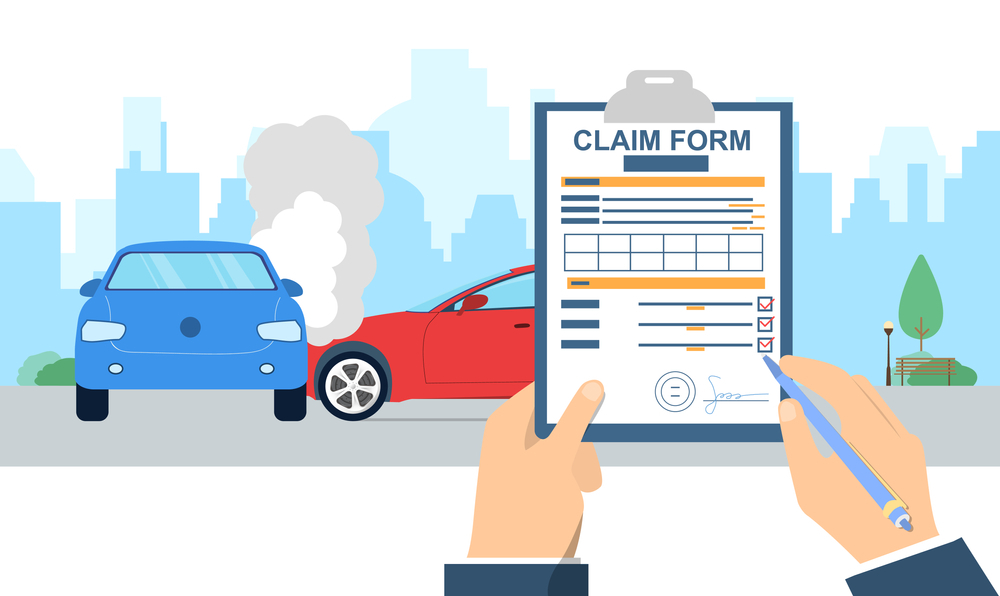What if you have insurance and your car insurance claim is completely damaged?
Understanding car insurance claim might be difficult if you are unfamiliar with the numerous jargon associated with it. ‘Total loss’ is one such expression. A automobile collision might completely destroy the vehicle, resulting in increased repair expenditures that may potentially surpass the vehicle’s current market worth. The insurance company deems the car a complete loss in such instances. Continue reading to learn all there is to know about complete automobile loss and how to file a claim for it.
What is complete automobile loss?
As previously stated, complete loss of a vehicle is claimed when the cost of vehicle repair exceeds 75% of the insured declared value. In the event of theft or an accident that renders the vehicle inoperable, the automobile might be deemed a complete loss. When the cost of repair or replacement exceeds the vehicle’s real market worth, it is ruled a constructive complete loss.
How do insurance companies calculate a car’s total loss value?
After you file a claim, insurance providers estimate the overall lost value of your vehicle. When you file a claim, the insurance company will send a surveyor to inspect and assess the damage to your automobile. Following successful inspections, an approximate estimate will be created based on the surveyor’s analysis. If the surveyor’s estimations surpass the car’s current market worth, a complete loss will be declared.
How is total loss determined?
Only when the repair cost exceeds 75 percent of the insured stated value is a car deemed complete loss.
The insured stated value is the overall market value of the vehicle. Constructive complete loss occurs when the cost of repair exceeds 100 percent of the insured stated value. In each of the above circumstances, the vehicle owner receives a sum equal to the insured stated worth of the vehicle.
IDV is calculated based on the following
| AGE OF THE VEHICLE | DEPRECIATION (REDUCTION IN COST) RATE FOR CALCULATING IDV |
|---|---|
| Below 6 months | 5% |
| 6 months to 1 year | 15% |
| 1 year to 2 years | 20% |
| 2 years to 3 years | 30% |
| 3 years to 4 years | 40% |
| 4 years to 5 years | 50% |
| Above 5 years | Mutually decided between vehicle owner and insurer |
What is the procedure for filing a complete loss car insurance claim?
1. Complete the following procedures to file a claim for complete vehicle loss.
2. Notify your insurance carrier as soon as your vehicle is damaged.
3. Distribute all necessary information and documentation
4. If necessary, file a FIR
5. The insurance company will send a surveyor to inspect the damage.
6. The surveyor will determine whether the car can be restored or if it is suitable for complete loss compensation.
7. Once the surveyor considers the car a complete loss, you will be informed of the vehicle’s entire monetary worth.
8. After that, the insurance company will give you the cash value.
Documents needed to file a complete loss auto insurance claim
The papers listed below are necessary to make a complete loss vehicle insurance claim.
• A duplicate of the vehicle registration certificate
• Report of a surveyor
• A copy of the vehicle’s insurance policy
• Estimated vehicle repair cost
• A completed and signed vehicle insurance claim form
• A copy of your driver’s license
• A copy of the FIR or a filed panchnama
In the event of a complete loss, how is the real worth of the automobile determined?
• The car’s depreciation value
• Vehicle make and model
• The car’s year of manufacture
• Vehicle inspection report
• Vehicle mileage
• Vehicle condition
• Current automobile make and model demand and supply
READ ALSO: Is It True That Psychological Problems Are Covered By Health Insurance?Conclusion
Total loss is a circumstance that necessitates insurance coverage, which is why the automobile must be insured. Failure to insure the vehicle with a comprehensive auto coverage might result in financial difficulties for the vehicle owner.


